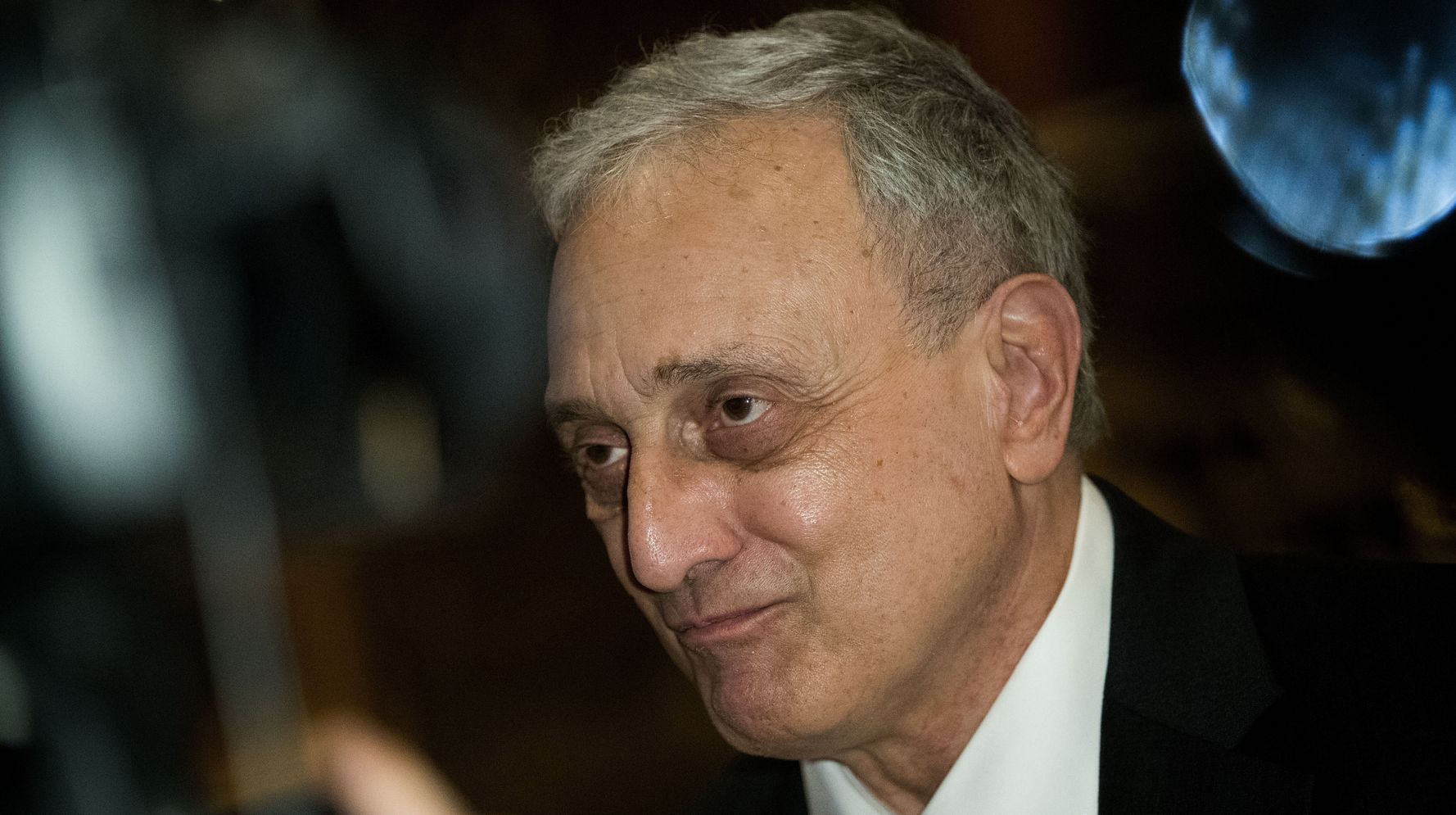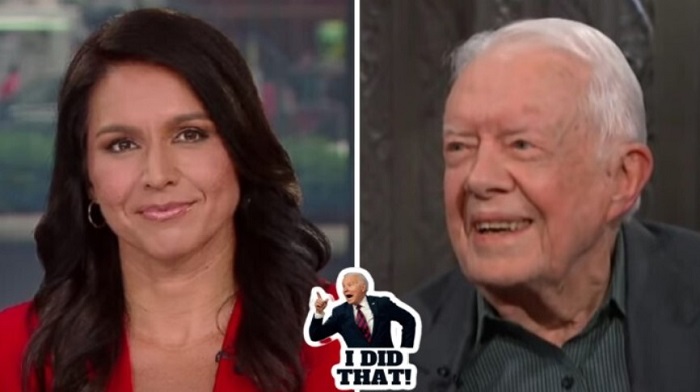It wouldn’t be completely accurate to call the title of the new Jennifer Lopez Netflix documentary, Halftime, a double entendre, but it does hold dual meanings. The first is a nod to Lopez’s explosive 2020 Super Bowl performance with Shakira — a career highlight for the Bronx-bred Puerto Rican pop star. The second is a genuine sentiment cloaked in the itchy garb of motivational speak: At 52 years old, Lopez is just getting started, and she’s using what she’s learned about herself over her decades-long career to hone a glass-half-full life philosophy.
Bowing as the opening night selection at this year’s Tribeca Film Festival before its Netflix premiere on June 14, Halftime is an optimist’s take on Lopez’s career. Similar to other recent celebrity docs (Beyonce’s Homecoming, Billie Eilish’s The World’s a Little Blurry and Janet Jackson’s Lifetime docuseries), Amanda Micheli’s film is a curatorial exercise in narrative control, measured intimacy and reverence. Don’t expect bombshell revelations or pontificating talking heads. Halftime is a serviceable portrait— a gift to fans, really — sustained by rare moments of unaffected reflection.
Halftime
The Bottom Line
A breezy doc with some sincere moments.
The frenetic doc charts Lopez’s life in 2019 — a major year in the star’s career. It was the year of her Grammys Motown tribute, of her stunning performance in Hustlers, of her Super Bowl halftime show, of the return of her iconic variegated green Versace dress.
It was also the year the star turned 50, an unforgiving age for American women in the public eye. Halftime opens with Lopez surrounded by her team, her friends and her family for a birthday celebration. “It doesn’t feel different than any other birthday,” JLo says to the camera while caressing the gold and purple feathered headband on top of her head. “I really feel like my life is just beginning.”
And it was — sort of. After more than 20 years in the business, Lopez was about to have one of the best professional peaks of her life. The success was buoyed, as the star repeats throughout the film, by a growing self-awareness and self-understanding. Before the title card drops, Halftime flash-forwards to a montage of Lopez getting ready for her Super Bowl performance, which she describes through voiceover as “an incredible opportunity to show the world who I am.”
The question of “who” takes the doc back to Lopez’s roots. A very brief jaunt down memory lane reveals that Lopez never considered herself a singer, that she loved musicals (especially West Side Story) and that she admired Rita Moreno. She knew from a young age that she wanted to do it all: dance, act and sing. Dance enchanted her first. She became distracted in school and her grades, presumably, slipped. Lopez recounts a blow-up with her mother in vague terms, merely saying that the argument led her to leave home and strike out on her own. She landed a gig as a “Fly Girl” on In Living Color. After that, she started taking acting classes.
Finding a path to acting proved to be challenging. At every turn, Lopez was met with closed doors and comments like “You’re not an actor.” But the she was adamant, and her determination eventually led to success. She was cast in Selena in 1997, garnered raves for her work alongside George Clooney in Steven Soderbergh’s Out of Sight, and eventually went on to become a leading rom-com star in The Wedding Planner and Maid in Manhattan. While breaking box-office records, she turned to singing, recording several successful albums.
Halftime breezes through Lopez’s rise to fame, frequently interrupting that narrative to focus on the performer’s present-day trials and achievements. The doc posits Hustlers and the Super Bowl halftime show as markers of critical success. After years of not being taken seriously, of being labeled a “diva,” of inappropriate jokes about her body, Lopez was, at last, getting her due.
But that framing invites a certain amount of elision and feigned ignorance, especially when it comes to the slippery concepts of identity. The weakest points of Halftime are when the doc and its subject try to talk their way around politics. On the Super Bowl halftime show announcement Lopez says: “It was actually really late for them to pick a performer, so it was weird. Something weird was happening.” That “weirdness” was racism and the increasing backlash the league faced for its lack of diversity. On planning the message behind her show: “I’m not into politics, I’m not that person, but I was living in a United States I didn’t recognize.” Again, a strange statement considering that her performance — with kids emerging from cages, the American and Puerto Rican flags stitched onto the same cloth and her child Emme singing “Born in the U.S.A.” — included several political motifs. Perhaps these moments are a product of poor editing choices, but they’re confusing for a documentary so overtly about a star seemingly coming to terms with herself.
If Halftime misses the opportunity to show Lopez reckoning with politics, especially racial politics, it succeeds in conveying how much work she puts into every aspect of her life and her career. The most honest — and even emotional — parts of the film are during Lopez’s promotional tour for Hustlers: At festivals, during press conferences and in interviews, you can see how excited Lopez is about the reaction to her turn and the film in general. The critical praise coupled with the commercial success imbues her with a visible hopefulness and confidence in her talents. That makes it all the more heartbreaking to see her repeatedly lose out to others, first at the Golden Globes (Marriage Story‘s Laura Dern won) and then on Oscar nomination morning
But five decades of life, two of them spent in show business, have given Lopez a healthy perspective and deep sense of gratitude. Halftime includes moments of disarming sincerity, when it seems like the doc and its subject, despite their cautiousness, are genuinely reaching for the truth.


























































